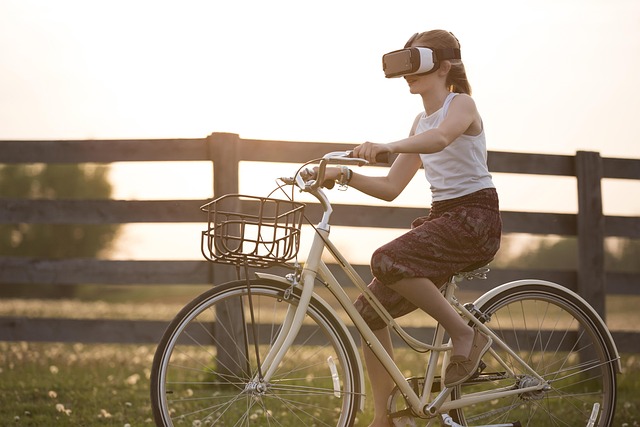Exploring the Future of Education: Virtual Reality Training for the Metaverse
The landscape of education is undergoing a radical transformation, and at the forefront of this change is the exciting realm of virtual reality training. Imagine stepping into a learning environment that transcends the limitations of the physical world, where the classroom is replaced by immersive experiences that engage all senses. This is not a distant fantasy, but rather a vivid reality on the horizon, increasingly shaped by technologies like virtual reality (VR), augmented reality (AR), and the expansive concept of the metaverse.
Virtual reality training offers students and professionals alike the unique opportunity to learn in a fully immersive 3D environment. Rather than passively absorbing information from textbooks or online lectures, learners can actively participate in their education. Picture a medical student practicing complex surgical procedures in a risk-free VR simulation, where mistakes become valuable learning opportunities rather than setbacks. This level of engagement is unmatched, enabling learners to retain information better and develop practical skills in a safe space.
Augmented reality complements this immersive experience by overlaying digital information onto the real world. Imagine holding up your smartphone or VR headset to navigate an anatomy lesson, where intricate 3D models of human organs appear in your living room. This interactive form of learning not only makes concepts easier to understand but also fosters a deeper emotional connection to the material, making it more memorable.
As we venture deeper into the metaverse, a virtual environment where users interact with a computer-generated world and each other, the possibilities for education expand even further. The metaverse can host multiple users from around the globe, allowing for collaborative learning experiences. Students can work alongside peers from different cultures and backgrounds, exchanging ideas and perspectives in ways that traditional classrooms simply cannot facilitate.
Furthermore, educators can design immersive courses that transport students to ancient civilizations, outer space, or even inside the human body, enhancing their understanding through interactive storytelling. The potential for creativity in lesson design is boundless, as teachers harness virtual reality training to stimulate the curiosity and passion of their students.
As institutions begin to embrace these technologies, the need for trained educators in virtual and augmented reality will also rise. Teachers will have the responsibility of integrating these tools effectively into their curricula, ensuring that students not only benefit from engaging content but also develop critical thinking and problem-solving skills crucial for their future careers.
The future of education is bright, vibrant, and teeming with potential. With the synergy of virtual reality, augmented reality, and the metaverse, we are stepping into a new era of learning that promises to be more inclusive, engaging, and effective than ever before. As we continue to explore these advancements, one thing is clear: the classroom of tomorrow is more than just a room; it’s an ever-evolving space where learning knows no bounds.



